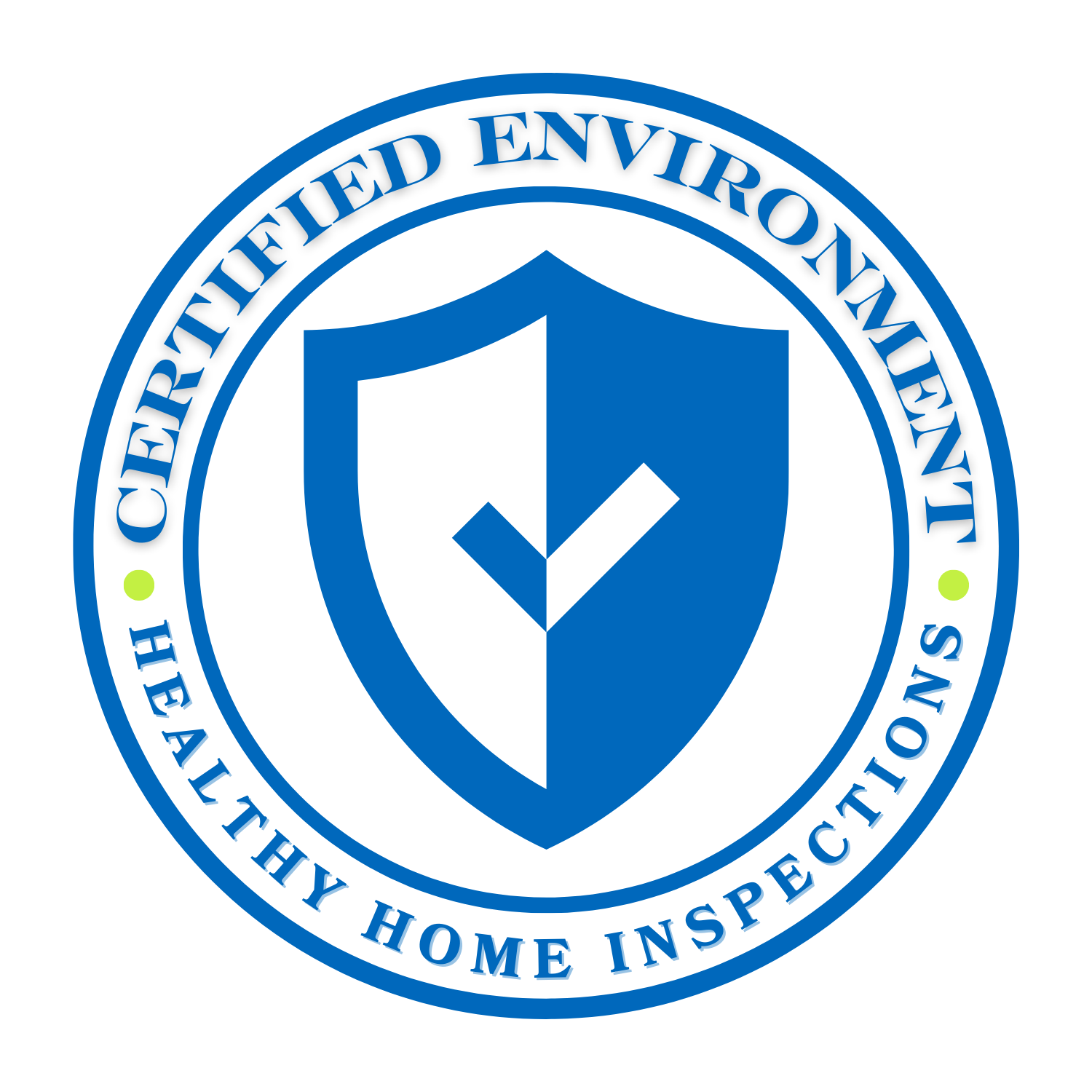Protect Your Family: Uncovering 5 Silent Home Hazards You Can’t Smell
Our homes should be sanctuaries of safety and comfort, yet hidden dangers lurk that can threaten the health and well-being of our families. These silent home hazards, often undetectable by sight or smell, can pose significant health risks if left unaddressed. From the invisible spores of mold to the sneaky presence of radon, understanding these threats is crucial for any homeowner. In this post, we’ll uncover five such silent dangers and provide actionable safety tips to mitigate their impact, empowering you to protect your family effectively. With expert insights and practical advice, you’ll be equipped to make your home a safer haven for everyone. For further information, you can explore this guide on preventing home hazards.
Understanding Silent Home Hazards
Our homes harbor invisible threats that can affect our health without our knowledge. These silent dangers, ranging from airborne pollutants to hidden gases, require vigilant attention and informed action. Below, we delve into the most common hazards that you might not see or smell but can impact your home’s safety.
The Invisible Threat of Mold
Mold is a common issue in homes, thriving in damp and humid areas. Although it’s often visible when it becomes severe, early stages might not be noticeable. Mold releases spores that can cause respiratory problems and allergies.
To prevent mold growth, ensure proper ventilation in areas like bathrooms and kitchens. Regular maintenance of plumbing can also help avoid unwanted moisture. For more on household hazards, see WebMD.
If you suspect mold, it’s crucial to address it promptly. Hiring professionals for remediation can be more effective than DIY solutions. Mold testing kits are available, but expert inspection offers more accurate results.
VOCs: Hidden Air Pollutants
Volatile Organic Compounds (VOCs) are chemicals found in household products like paint and cleaning agents. They can evaporate into the air, contributing to indoor air pollution.
Exposure to VOCs can lead to headaches, dizziness, and long-term health issues. To minimize VOCs, choose products labeled as “low-VOC” or “VOC-free.” Ventilation plays a critical role; ensure your home is well-ventilated, especially after using products containing these compounds. For additional insight, visit Palm Paradise Realty.
Implementing air purifiers with HEPA filters can also reduce VOC levels indoors, improving overall air quality. Regularly air out your home to keep it fresh and healthy.
Radon: A Silent Gas
Radon is a naturally occurring radioactive gas that can seep into homes through foundation cracks. It’s odorless and invisible, making it particularly dangerous without detection.
Radon exposure is linked to lung cancer, with significant health risks if levels are high. Testing for radon is essential, especially in areas known for elevated levels. You can find radon testing kits or hire professionals for a comprehensive assessment. Learn more about radon and other hazards at Arrowhead Group.
If high radon levels are detected, mitigation systems can be installed to vent the gas safely outside, reducing the risk to your family.
Beyond the Obvious: Unseen Risks
While some home hazards are visible, others remain hidden yet pose equally significant risks. These unseen threats require attention and proactive measures to safeguard your home environment.
EMF: Modern Day Concern
Electromagnetic fields (EMF) are emitted by electronic devices and power lines. While research is ongoing, some studies suggest EMF exposure could have health implications.
To reduce EMF exposure, limit the use of electronic devices close to your body, especially during sleep. Use wired devices where possible to decrease EMF levels in your home. For a complete guide on preventing these hazards, refer to Total Mortgage.
Incorporating EMF-reducing products, such as shielded cables, can also help. Prioritizing these measures can create a healthier living environment for your family.
Water Quality: The Unseen Contaminant
Water quality is a vital aspect of home safety that often goes unnoticed. Contaminants like lead and bacteria can infiltrate water supplies, posing health risks.
Ensure your water is safe by testing it regularly. Filters can be used to remove impurities, providing cleaner water for consumption and use. For more tips on addressing home hazards, refer to WebMD.
Consider installing a water purification system to ensure ongoing safety. Periodic inspection and maintenance of plumbing systems can also prevent contamination.
Taking Action For Safety
Understanding these silent hazards is just the first step. Taking action to address them ensures a safer home environment for your family.
Benefits of Regular Home Inspections
Regular home inspections are crucial in identifying and addressing potential safety hazards. They offer a comprehensive overview of your home’s condition, highlighting areas that may require attention.
Identify hidden dangers: Inspectors can uncover issues you might overlook, like radon or mold.
Prevent costly repairs: Early detection can save money by addressing problems before they escalate.
Enhance home value: Maintaining a safe and secure home can increase its market value.
Regular inspections help maintain a healthy living environment, providing peace of mind for homeowners.
Choosing the Right Inspection Package
Selecting the appropriate inspection package is essential for addressing your specific home needs. Consider the following when choosing an inspection:
Scope of the inspection: Ensure it covers all potential hazards, including air quality and water safety.
Expertise of inspectors: Choose a reputable company with experienced professionals.
Customization options: Opt for packages that allow tailoring to your home’s unique requirements.
With the right inspection package, you can effectively safeguard your home against silent dangers and ensure a safe, healthy environment for your family.


